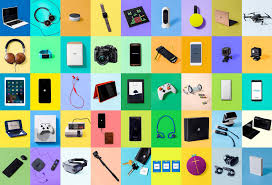History repeats: The high stakes of the digital divide for seniors and why it matters.
2024 What's Next Longevity Venture Summit (online)
2024 Longevity Venture Summit (DC)
 Warning -- this is not a blog post about what to give. There are plenty of click-bait websites, like 5 Cool Gifts or 25 Great Tech Gifts or even a list described as "The Perfect Gifts for Grandma and Grandpa" -- really? Maybe these are the perfect gifts – or perhaps for some family members, the FirstStreet list is appropriate. Among all of these lists, there might be some intriguing items that might be welcome. And don’t forget a set of portable batteries – extremely useful for devices during power outages. Okay that is enough about the What – and For Whom.
Warning -- this is not a blog post about what to give. There are plenty of click-bait websites, like 5 Cool Gifts or 25 Great Tech Gifts or even a list described as "The Perfect Gifts for Grandma and Grandpa" -- really? Maybe these are the perfect gifts – or perhaps for some family members, the FirstStreet list is appropriate. Among all of these lists, there might be some intriguing items that might be welcome. And don’t forget a set of portable batteries – extremely useful for devices during power outages. Okay that is enough about the What – and For Whom.
More important than the gift itself – how should, can, or will it be used? Many of us have technology what was once useful and for the owner, it's now junk -- defined as a purchased tech item that is too slow, too obsolete, too heavy, or just too much trouble. Sometimes tech-enabled items become junk almost immediately for a variety of reasons that the giver did not consider or forgot about. Look around your own environment and the tangled nest (pun intended) of cables, connectors, chargers, cords. Now consider the prospective gifts and factors such as: